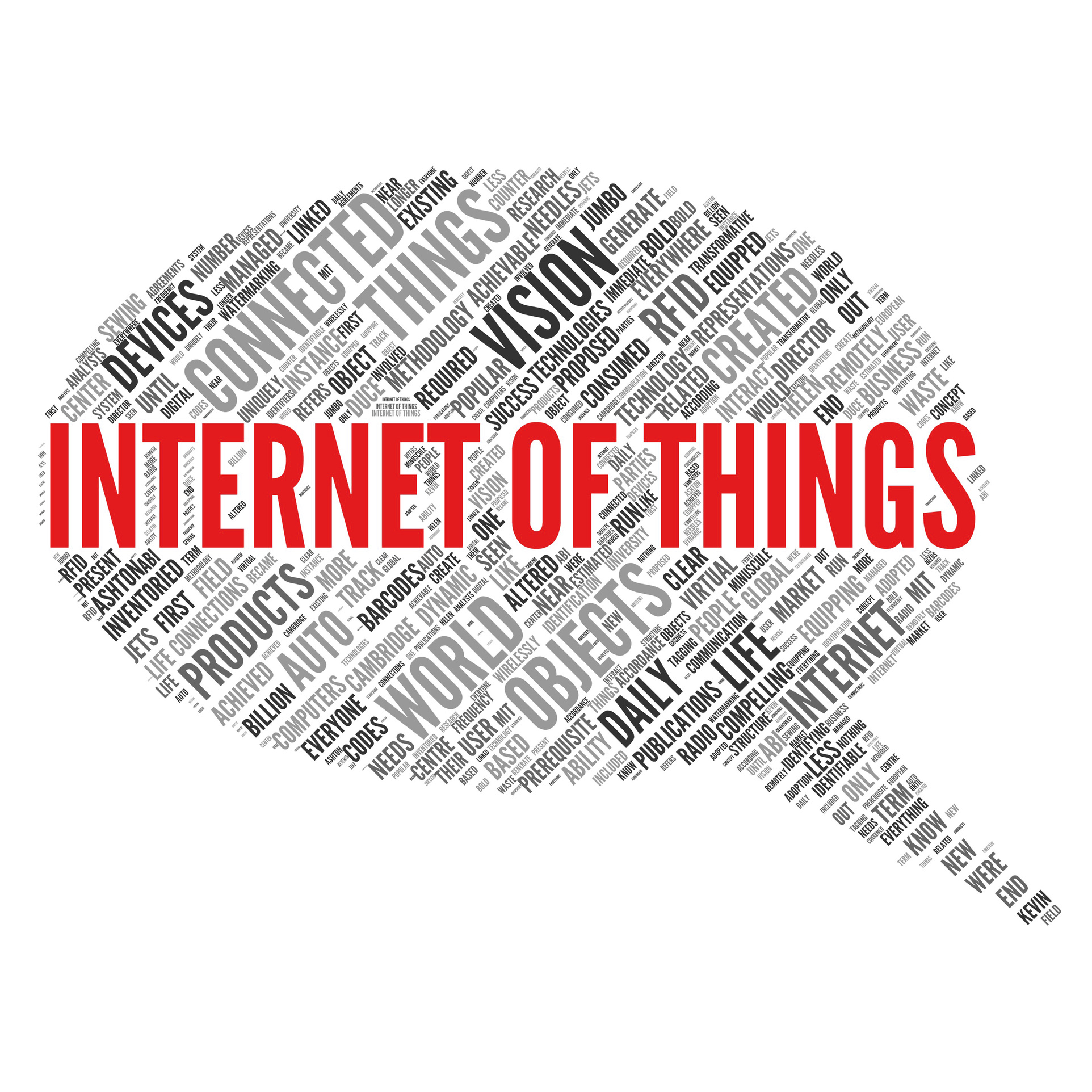The Internet of Things
Where does opportunity lie for the channel?


As we prepare to wave off 2016, the Internet of Things (IoT) continues to make headlines.
As you’ll no doubt be aware, IoT is a network of physical objects or ‘things’ enhanced with embedded sensors, software, electronics and connectivity allowing them to exchange data with manufacturers, operators and other connected devices via the internet.
A tech talking point for a few years now, the chatter around IoT is showing no sign of slowing down. There are many stats flying around that point to the enormous potential of IoT, but in a nutshell, analyst firm MarketsandMarkets estimate the overall market will grow from $157.05bn in 2016 to $661.74bn by 2021.
Elsewhere, IHS forecasts an installed base of 15.4bn devices in 2015 will grow to 30.7bn devices in 2020, and 75.4bn in 2025.
So what’s the channel opportunity around IoT? Well it’s probably not going to be in selling ‘smart’ devices; it will be in helping to implement IoT strategy, maintaining networks, managing – and more importantly securing – those devices, and helping your clients understand what the wealth of IoT-generated data will mean.
Big Data skills will be a highly valuable commodity in the IoT ecosystem, for example. IoT-enabled objects are fitted with sensors, software, electronics and connectivity and as such, vast amounts of data can be exchanged between manufacturers, operators and other internet-connected devices.
There is not only a huge opportunity to deliver tools that help organisations store and manage all this extra data that’s being generated, but there’s an additional opening to help your customers dig into what all the data means with advanced analytics services, and apply it to their businesses.
ChannelPro Newsletter
Stay up to date with the latest Channel industry news and analysis with our twice-weekly newsletter
Be warned: developing big data skills is a long-term commitment, and in keeping with a business advisor or consultant role, rather than that of a traditional reseller.
Of course, we can’t talk about IoT without talking about security. As Sian John, chief strategist at Symantec for EMEA correctly points out: “It’s pretty much a history of the human race that whenever we do something, we do it first and then we think about the risk and security afterwards.”
Evidence of this was the distributed denial of service (DDoS) attack that took down Twitter, Reddit and Spotify recently. It was launched using connected ‘smart’ devices, and further highlighted the need to bake-in security into IoT devices.
In its list of the top 10 IoT technologies for 2017 and 2018, Gartner highlighted the opportunities surrounding IoT security. This is of particular interest to the channel as more devices such as wearables enter the workplace, causing more headaches for IT teams that are already struggling with employees using their own unauthorised devices and apps within the organisation.
“Security technologies will be required to protect IoT devices and platforms from both information attacks and physical tampering, to encrypt their communications, and to address new challenges such as impersonating ‘things’ or denial-of-sleep attacks that drain batteries. IoT security will be complicated by the fact that many ‘things’ use simple processors and operating systems that may not support sophisticated security approaches,” says Garter’s Nick Jones.
“Experienced IoT security specialists are scarce, and security solutions are currently fragmented and involve multiple vendors. New threats will emerge through 2021 as hackers find new ways to attack IoT devices and protocols, so long-lived ‘things’ may need updatable hardware and software to adapt during their life span.”
Gartner believes that the average security budget for IT, operational technology (OT) and IoT security requirements will respond to the growth of IoT devices across all business segments and scenarios, rising from less than one percent of annual security budgets in 2015 to 20 percent in 2020.
Developing security skills will therefore be crucial for IT providers working with IoT. You’ll need to be familiar with securing wireless networks, performing vulnerability assessments and perhaps even secure coding.
Elsewhere, Gartner points to device management as a potentially lucrative area for investment. This includes device monitoring, firmware and software updates, diagnostics, crash analysis and reporting, physical management, and security management. IoT however, also brings new problems of scale to the management task; tools must be able to manage and monitoring thousands and perhaps even millions of devices.
So there are plenty of opportunities around IoT (and no mention of smart fridges!) The channel needs to look beyond initial device sales and identify how they can build a practice around the building out the underlying IoT technologies, implementation, management, security or data analysis. The IoT is coming in 2017, and the channel should be prepared.
Christine has been a tech journalist for over 20 years, 10 of which she spent exclusively covering the IT Channel. From 2006-2009 she worked as the editor of Channel Business, before moving on to ChannelPro where she was editor and, latterly, senior editor.
Since 2016, she has been a freelance writer, editor, and copywriter and continues to cover the channel in addition to broader IT themes. Additionally, she provides media training explaining what the channel is and why it’s important to businesses.
-
 Asus ZenScreen Fold OLED MQ17QH review
Asus ZenScreen Fold OLED MQ17QH reviewReviews A stunning foldable 17.3in OLED display – but it's too expensive to be anything more than a thrilling tech demo
By Sasha Muller
-
 How the UK MoJ achieved secure networks for prisons and offices with Palo Alto Networks
How the UK MoJ achieved secure networks for prisons and offices with Palo Alto NetworksCase study Adopting zero trust is a necessity when your own users are trying to launch cyber attacks
By Rory Bathgate